7th grade students at Abington Friends School observe the contents of their waste audit (Source: Boyer Sudduth Environmental Consultants)
Did you know the average American produces nearly 5 pounds of waste per day (EPA, 2024)? Schools generate a significant amount of waste, from lunch trays to classroom materials, much of which could be diverted from landfills.
To better understand their impact, 7th Grade students at Abington Friends School conducted a waste audit, sorting and analyzing a school day’s worth of trash. Boyer Sudduth Environmental Consultants worked closely with middle school science teacher Virginia Friedman and other 7th grade teachers to discover how much waste could be recycled or composted instead of landfilled. This hands-on experience helped students see their waste in a new light as they begin to explore ways to create a more sustainable school environment.
What is a Waste Audit?
At Abington Friends, the goal of the waste audit was to understand the school’s daily waste footprint and find ways to reduce unnecessary waste. This process helps schools make informed decisions about better recycling systems, composting programs, and waste reduction strategies. Beyond just counting trash, waste audits give students a chance to see firsthand how their choices impact the environment.
By analyzing the results, students learned that small changes, like properly sorting recyclables or bringing reusable containers, can make a big difference. The audit showed that a significant portion of the school’s waste could have been recycled or composted, highlighting opportunities for the students to advocate for a more sustainable campus.
Waste contents are separated into 3 categories: Landfill, Recycle, and Compost (Source: Boyer Sudduth Environmental Consultants)
Students Get Their Hands Dirty
Armed with gloves, sorting bins, and a curiosity about their school’s waste, students at Abington Friends took on the challenge of sorting and weighing an entire school day’s worth of trash. After collecting the recycling, composting bins, and liquid waste from each of the cafeteria’s three lunch services and classroom hallways, they separated waste into three main categories: landfill, recycling, and compost.
As the students worked, they made surprising discoveries. Many items that ended up in the trash, such as food scraps and paper plates, could have been composted. “There is so much food, less than half of this is actually trash!” one surprised 7th grader remarked. They also found recyclable materials, such as plastic bottles and cardboard, mixed in with landfill waste. One group even noticed that contamination (items like food-soiled paper in the recycling bin) was a major issue, making it harder to recycle properly.
AFS Middle School science teacher , Virginia Friedman (left), and Boyer Sudduth Environmental Consultants Sustainability Intern, Sam Dickman (right) , pose with a total of 86.62 pounds of waste that was collected and sorted over the course of the school day (Source: Boyer Sudduth Environmental Consultants)
By the end of the audit, a total of 86.62 pounds of waste had been generated, collected and sorted, with only 6% of the total weight being collected from recycling bins. Proper sorting would have produced much different results, with approximately a third of the waste going to the landfill, a third to recycling, and a third to composting.
After a chorus of “ews,” students were engaged in discussions about how to lower this weight at their school, from improving recycling labels to implementing a composting program. The hands-on experience helped them connect their actions to a bigger sustainability goal of altering the entire waste system. Back in the science classroom, students are applying the activity to a larger unit on systems-thinking.
Next Steps
The waste audit at Abington Friends revealed important insights about the school's waste habits. One of the biggest takeaways was that a large portion of the waste could have been recycled or composted with better sorting. Items like food scraps, paper trays, and plastic bottles were often misplaced, highlighting the need for clearer labeling and education on proper disposal.
Moving forward, the school plans to use this data to improve waste management efforts. Students are now researching the reasons behind the results. Possible next steps include adding more clearly marked recycling, detailed signage denoting what can be diverted from the landfill, meeting with other schools to discuss their waste systems, and bringing findings and recommendations to the school board to encourage a more waste-conscious system throughout the entire campus. By making small changes, Abington Friends can significantly reduce its waste footprint and serve as a model for sustainability.
This waste audit was more than just an exercise in sorting trash; it was an eye-opening experience that showed students the impact of their daily waste habits. By understanding how much waste the school generates and where it goes, students are empowered to make small but meaningful changes. With continued efforts in education, awareness, and action, Abington Friends is taking steps toward a more sustainable future.
Article by Sam Dickman, University of Michigan ‘23, Sustainability Intern for Boyer Sudduth Environmental Consultants Published in PAISBOA Friday Flyer Volume XV, No.3





